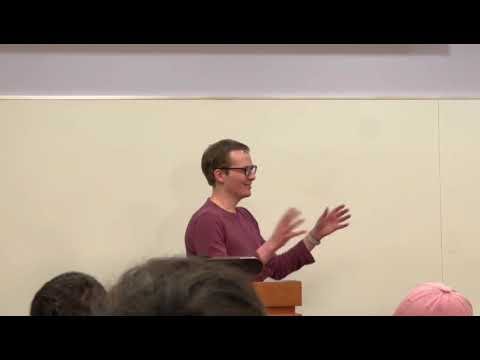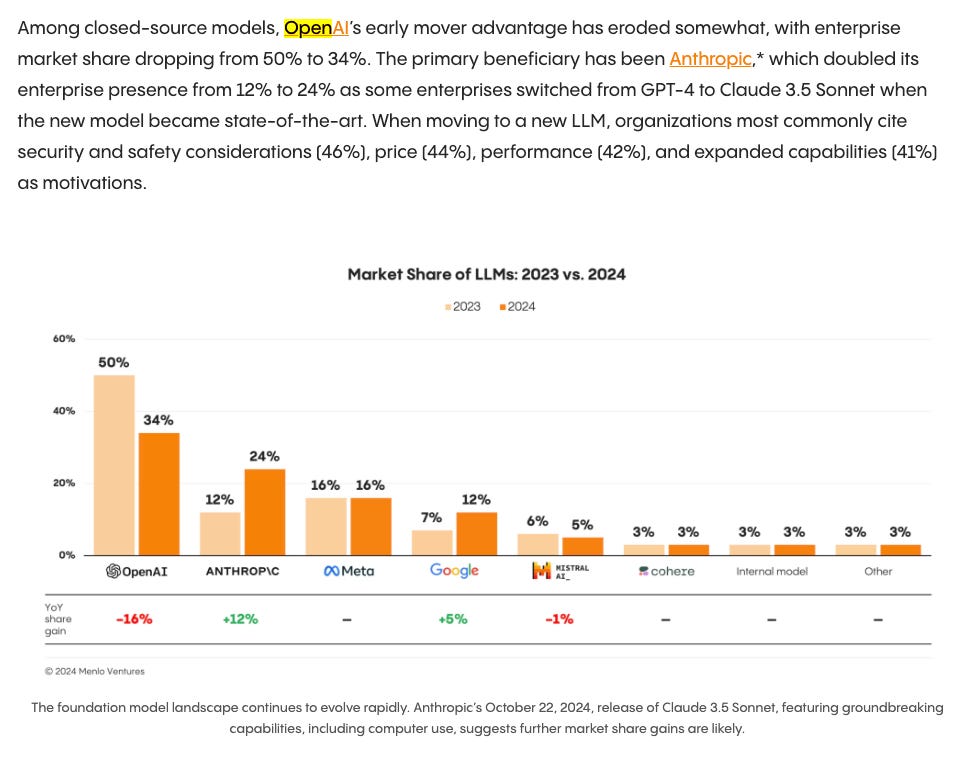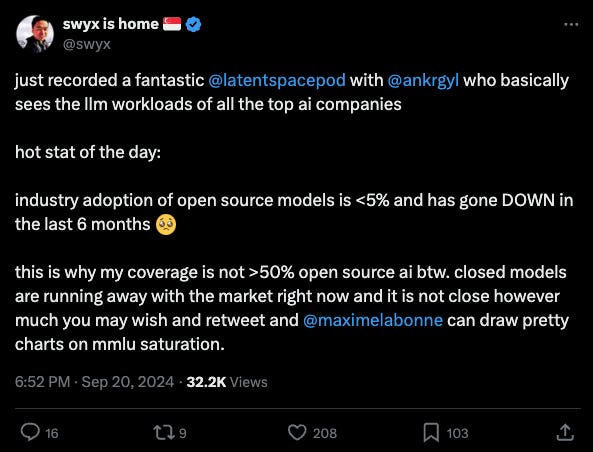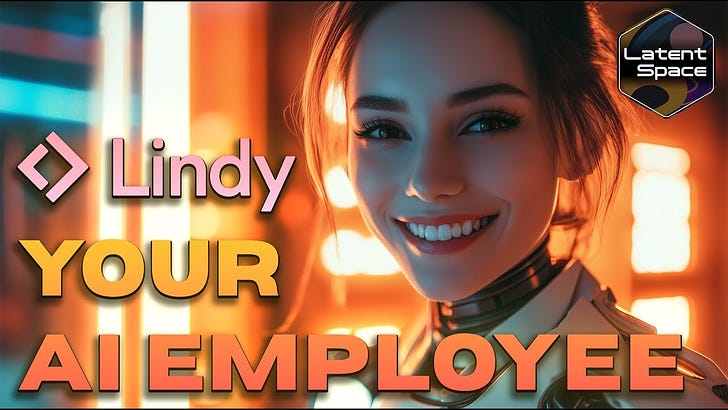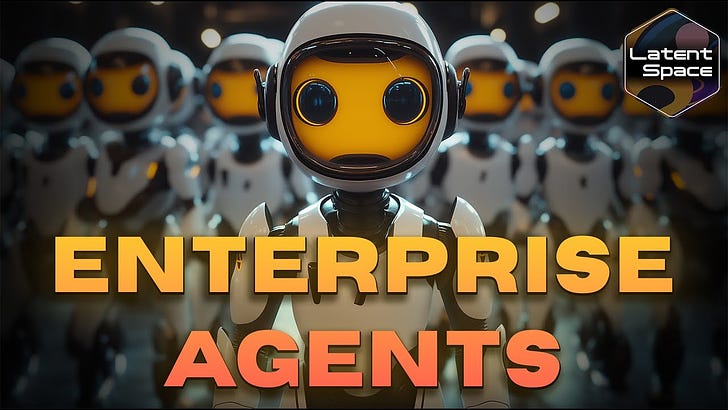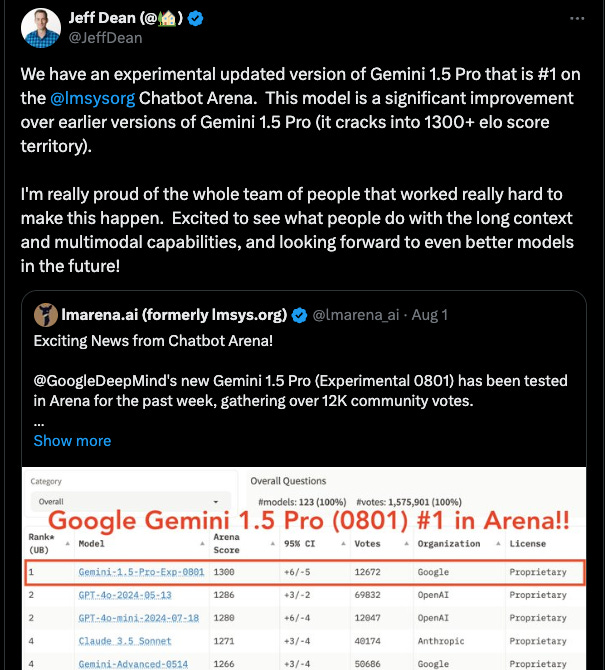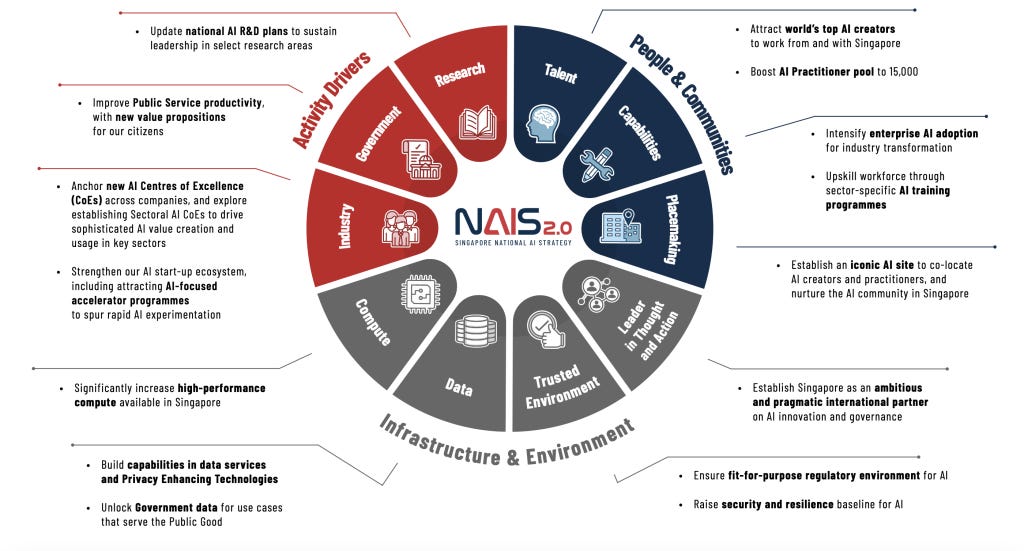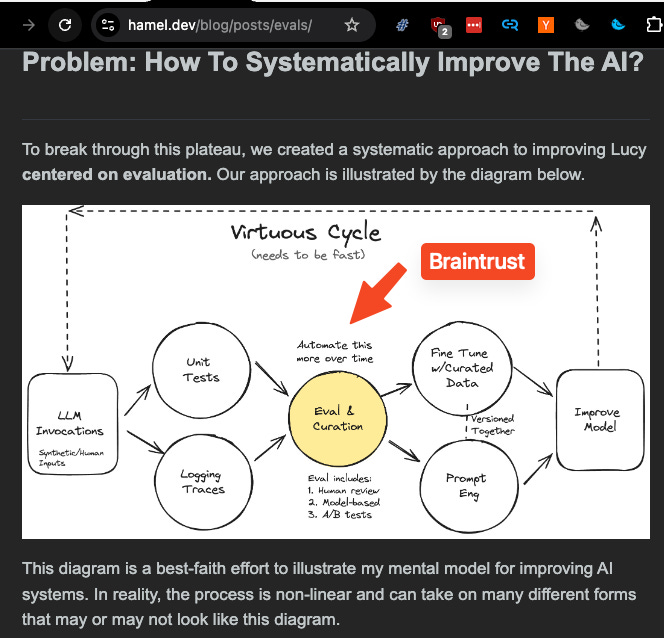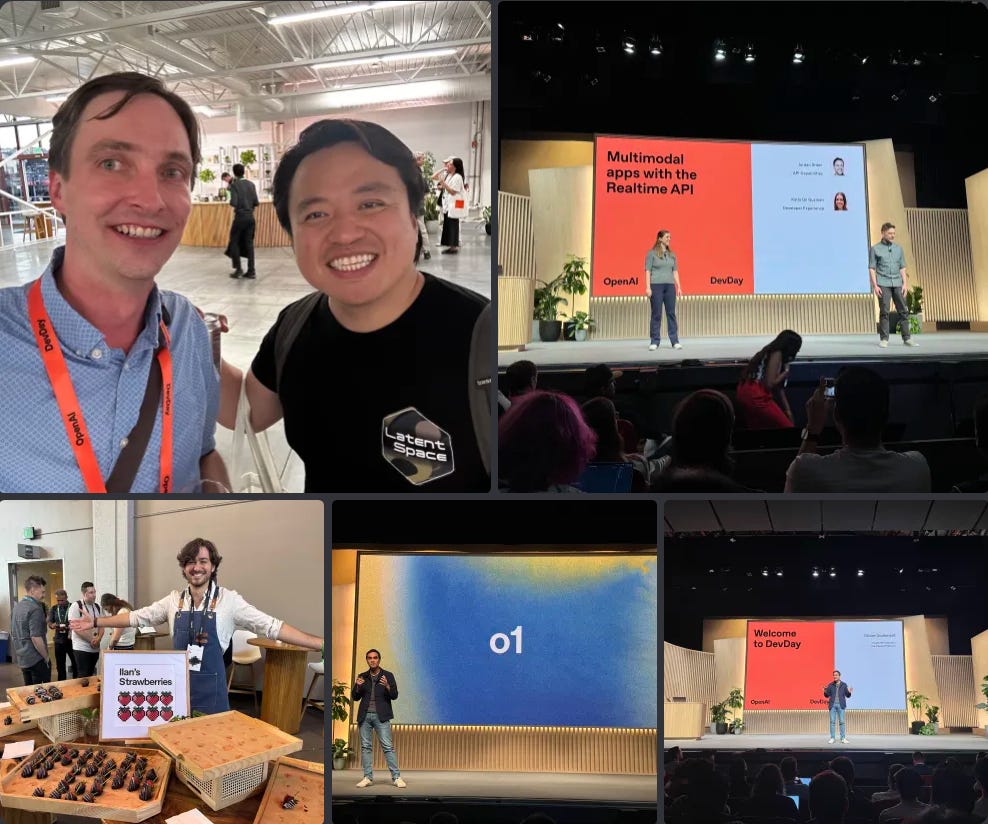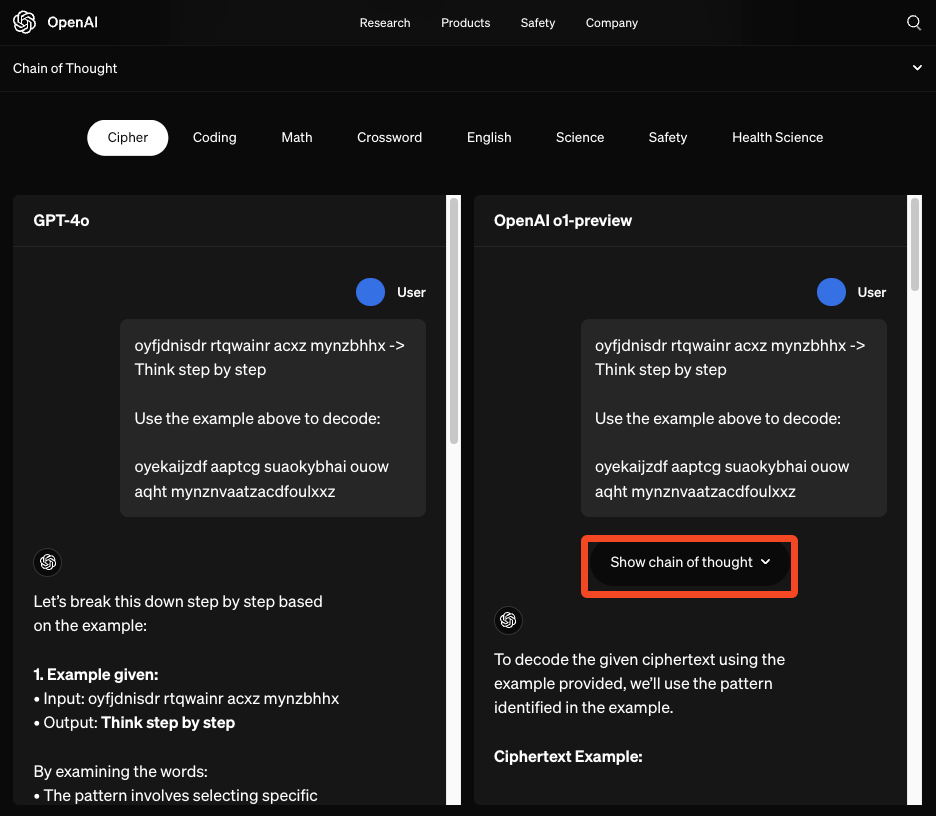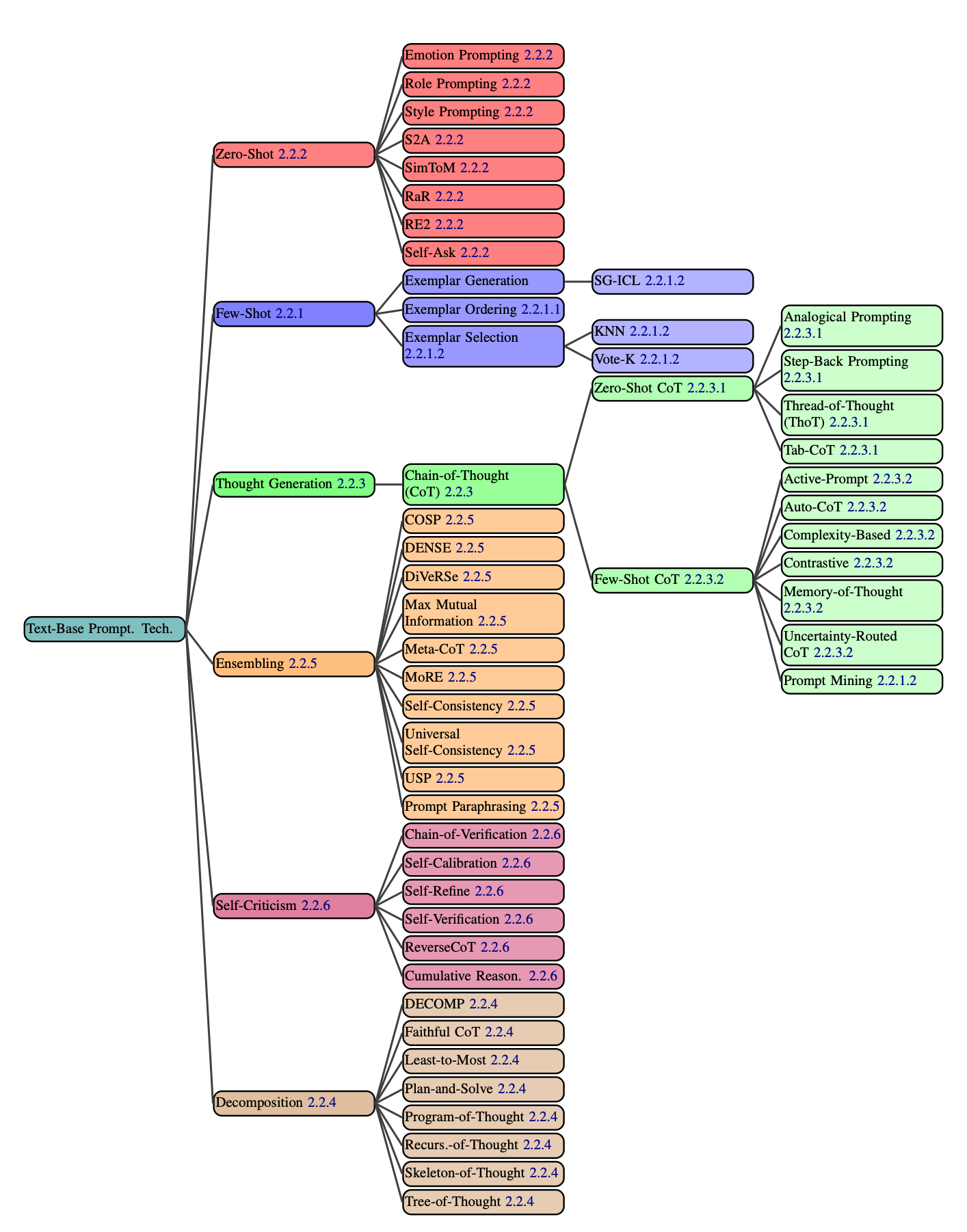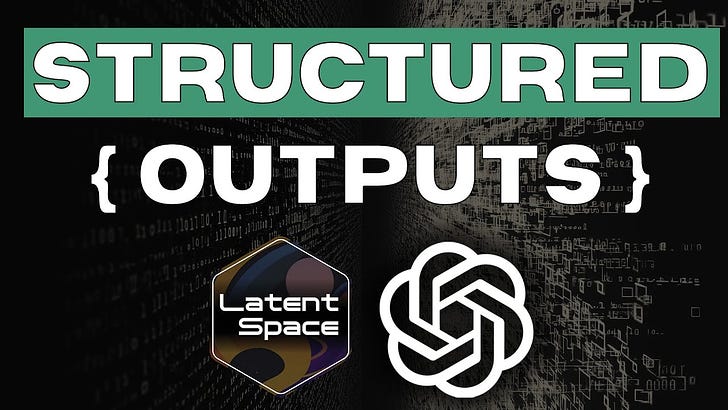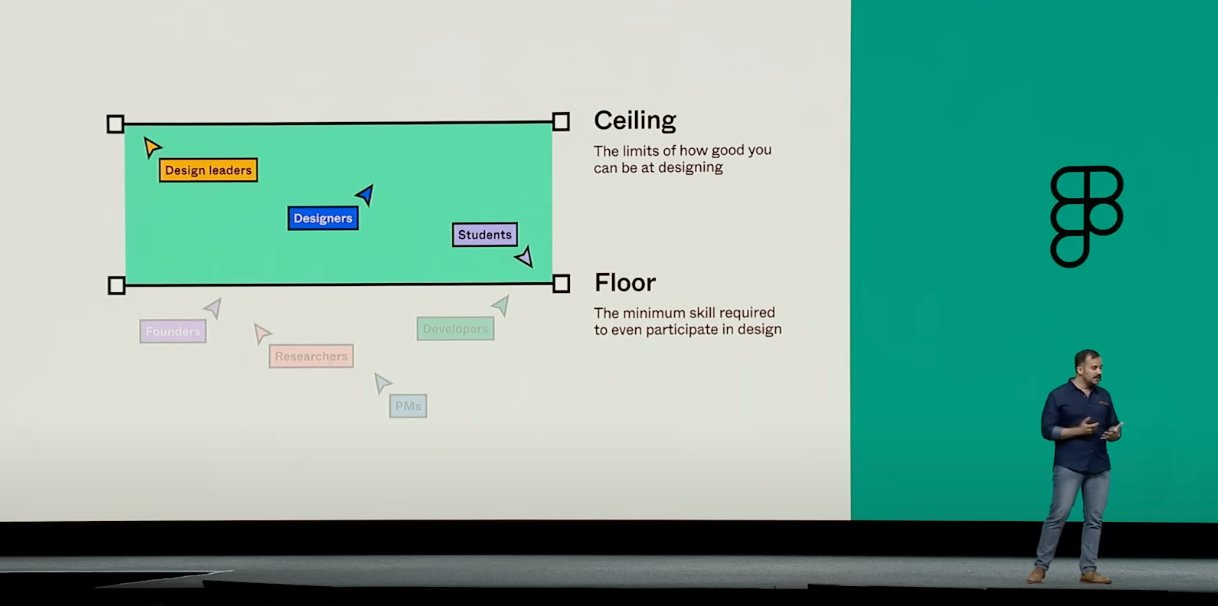How NotebookLM Was Made
Description
If you’ve listened to the podcast for a while, you might have heard our ElevenLabs-powered AI co-host Charlie a few times. Text-to-speech has made amazing progress in the last 18 months, with OpenAI’s Advanced Voice Mode (aka “Her”) as a sneak peek of the future of AI interactions (see our “Building AGI in Real Time” recap). Yet, we had yet to see a real killer app for AI voice (not counting music).
Today’s guests, Raiza Martin and Usama Bin Shafqat, are the lead PM and AI engineer behind the NotebookLM feature flag that gave us the first viral AI voice experience, the “Deep Dive” podcast:
The idea behind the “Audio Overviews” feature is simple: take a bunch of documents, websites, YouTube videos, etc, and generate a podcast out of them. This was one of the first demos that people built with voice models + RAG + GPT models, but it was always a glorified speech-to-text. Raiza and Usama took a very different approach:
* Make it conversational: when you listen to a NotebookLM audio there are a ton of micro-interjections (Steven Johnson calls them disfluencies) like “Oh really?” or “Totally”, as well as pauses and “uh…”, like you would expect in a real conversation. These are not generated by the LLM in the transcript, but they are built into the the audio model. See ~28:00 in the pod for more details.
* Listeners love tension: if two people are always in agreement on everything, it’s not super interesting. They tuned the model to generate flowing conversations that mirror the tone and rhythm of human speech. They did not confirm this, but many suspect the 2 year old SoundStorm paper is related to this model.
* Generating new insights: because the hosts’ goal is not to summarize, but to entertain, it comes up with funny metaphors and comparisons that actually help expand on the content rather than just paraphrasing like most models do. We have had listeners make podcasts out of our podcasts, like this one.
This is different than your average SOTA-chasing, MMLU-driven model buildooor. Putting product and AI engineering in the same room, having them build evals together, and understanding what the goal is lets you get these unique results.
The 5 rules for AI PMs
We always focus on AI Engineers, but this episode had a ton of AI PM nuggets as well, which we wanted to collect as NotebookLM is one of the most successful products in the AI space:
1. Less is more: the first version of the product had 0 customization options. All you could do is give it source documents, and then press a button to generate. Most users don’t know what “temperature” or “top-k” are, so you’re often taking the magic away by adding more options in the UI. Since recording they added a few, like a system prompt, but those were features that users were “hacking in”, as Simon Willison highlighted in his blog post.
2. Use Real-Time Feedback: they built a community of 65,000 users on Discord that is constantly reporting issues and giving feedback; sometimes they noticed server downtime even before the Google internal monitoring did. Getting real time pings > aggregating user data when doing initial iterations.
3. Embrace Non-Determinism: AI outputs variability is a feature, not a bug. Rather than limiting the outputs from the get-go, build toggles that you can turn on/off with feature flags as the feedback starts to roll in.
4. Curate with Taste: if you try your product and it sucks, you don’t need more data to confirm it. Just scrap that and iterate again. This is even easier for a product like this; if you start listening to one of the podcasts and turn it off after 10 seconds, it’s never a good sign.
5. Stay Hands-On: It’s hard to build taste if you don’t experiment. Trying out all your competitors products as well as unrelated tools really helps you understand what users are seeing in market, and how to improve on it.
Chapters
00:00 Introductions01:39 From Project Tailwind to NotebookLM09:25 Learning from 65,000 Discord members12:15 How NotebookLM works18:00 Working with Steven Johnson23:00 How to prioritize features25:13 Structuring the data pipelines29:50 How to eval34:34 Steering the podcast outputs37:51 Defining speakers personalities39:04 How do you make audio engaging?45:47 Humor is AGI51:38 Designing for non-determinism53:35 API when?55:05 Multilingual support and dialect considerations57:50 Managing system prompts and feature requests01:00:58 Future of NotebookLM01:04:59 Podcasts for your codebase01:07:16 Plans for real-time chat01:08:27 Wrap up
Show Notes
* Histories of Mysteries by Andrej Karpathy
* Area 120
Transcript
NotebookLM [00:00:00 ]: Hey everyone, we're here today as guests on Latent Space. It's great to be here, I'm a long time listener and fan, they've had some great guests on this show before. Yeah, what an honor to have us, the hosts of another podcast, join as guests. I mean a huge thank you to Swyx and Alessio for the invite, thanks for having us on the show. Yeah really, it seems like they brought us here to talk a little bit about our show, our podcast. Yeah, I mean we've had lots of listeners ourselves, listeners at Deep Dive. Oh yeah, we've made a ton of audio overviews since we launched and we're learning a lot. There's probably a lot we can share around what we're building next, huh? Yeah, we'll share a little bit at least. The short version is we'll keep learning and getting better for you. We're glad you're along for the ride. So yeah, keep listening. Keep listening and stay curious. We promise to keep diving deep and bringing you even better options in the future. Stay curious.
Alessio [00:00:52 ]: Hey everyone, welcome to the Latent Space Podcast. This is Alessio, partner and CTO at Residence at Decibel Partners. And I'm joined by my co-host, Swyx, founder of Smol.ai.
Swyx [00:01:01 ]: Hey, and today we're back in the studio with our special guest, Raiza Martin. And Raiza, I forgot to get your last name, Shafqat.
Raiza [00:01:10 ]: Yes.
Swyx [00:01:10 ]: Okay, welcome.
Raiza [00:01:12 ]: Hello, thank you for having us.
Swyx [00:01:14 ]: So AI podcasters meet human podcasters, always fun. Congrats on the success of Notebook LM. I mean, how does it feel?
Raiza [00:01:22 ]: It's been a lot of fun. A lot of it, honestly, was unexpected. But my favorite part is really listening to the audio overviews that people have been making.
Swyx [00:01:29 ]: Maybe we should do a little bit of intros and tell the story. You know, what is your path into the sort of Google AI org? Or maybe, actually, I don't even know what org you guys are in.
Raiza [00:01:39 ]: I can start. My name is Raisa. I lead the Notebook LM team inside of Google Labs. So specifically, that's the org that we're in. It's called Google Labs. It's only about two years old. And our whole mandate is really to build AI products. That's it. We work super closely with DeepMind. Our entire thing is just, like, try a bunch of things and see what's landing with users. And the background that I have is, really, I worked in payments before this, and I worked in ads right before, and then startups. I tell people, like, at every time that I changed orgs, I actually almost quit Google. Like, specifically, like, in between ads and payments, I was like, all right, I can't do this. Like, this is, like, super hard. I was like, it's not for me. I'm, like, a very zero-to-one person. But then I was like, okay, I'll try. I'll interview with other teams. And when I interviewed in payments, I was like, oh, these people are really cool. I don't know if I'm, like, a super good fit with this space, but I'll try it because the people are cool. And then I really enjoyed that, and then I worked on, like, zero-to-one features inside of payments, and I had a lot of fun. But then the time came again where I was like, oh, I don't know. It's like, it's time to leave. It's time to

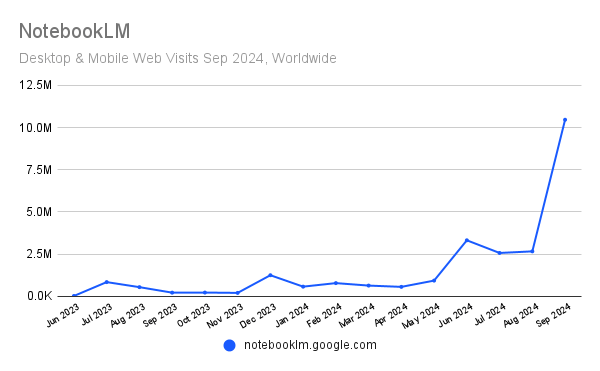
![2024 in Vision [LS Live @ NeurIPS] 2024 in Vision [LS Live @ NeurIPS]](https://substackcdn.com/feed/podcast/1084089/post/153472517/d3a235d317f9f5a30d0dff7ffc795392.jpg)
![The State of AI Startups [LS Live @ NeurIPS] The State of AI Startups [LS Live @ NeurIPS]](https://substackcdn.com/feed/podcast/1084089/post/153389370/2d1909e2fbbd5c9267a782756c04d8a3.jpg)

